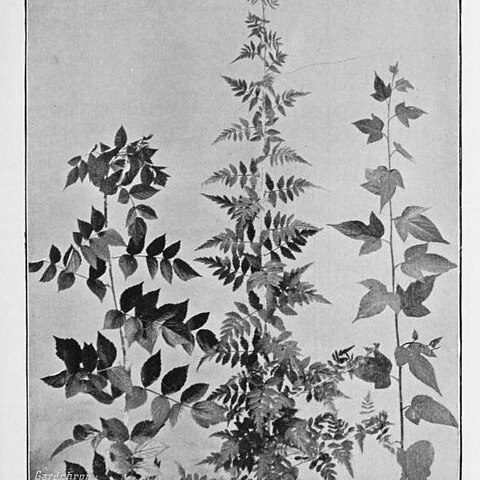Shrubs erect, 1–3 m tall. Branchlets brownish or dark brown to blackish brown, cylindric, prickly, finely hairy, glabrescent. Leaves simple; petiole 1–2 cm, with dense fine, soft hairs when young, with sparse, minute prickles; stipules linear-lanceolate or linear, 5–7 mm, soft hairy; blade ovate to ovate-lanceolate, 5–12 × 2.5–5 cm, abaxially somewhat dark, densely finely pubescent when young, gradually glabrescent, subglabrescent, with sparse, small prickles along midvein, adaxially pale, finely pubescent along veins, base somewhat cordate, sometimes subtruncate or subrounded, margin undivided or 3-lobed, usually 3-divided on sterile branches, irregularly sharply serrate to doubly serrate, apex acuminate. Inflorescences 1-flowered or few flowers terminal on short lateral branchlets. Pedicel (0.6–) 1–2 cm, finely pubescent. Flowers 1.5–2(–3) cm in diam. Calyx abaxially densely finely pubescent, unarmed; sepals ovate or triangular-ovate, 5–8 × 2.5–4 mm, apex acute to shortly acuminate. Petals white or pinkish, oblong or elliptic, 0.9–1.2 cm × 6–8 mm, longer than sepals, glabrous, base clawed, apex obtuse. Stamens much shorter than petals; filaments short, complanate. Pistils many, slightly shorter than stamens; ovary pubescent. Aggregate fruit of many drupelets, red, subglobose or ovoid-globose, 1–1.2 cm in diam., densely finely pubescent; pyrenes rugose. Fl. Feb–Apr, fr. Apr–Jun. 2n = 14.
More
An upright shrub. It grows 1-2 m tall. It develops suckers The young stems are prickly. The small branches are red-brown. The leaves are simple and oval and 3-8 cm long by 2-5 cm wide. They have irregular double teeth. The leaves occasionally have lobes. The flowers are white and occur singly. The fruit is round and red. They are 10-12 mm across.
Sunny slopes, streamsides, montane valleys, thickets and waste places; at elevations from 200-2,600 metres.
More
It is a temperate plant. In Sichuan and Yunnan.
Can be grown by cuttings or seedlings. Seeds needs stratification.

